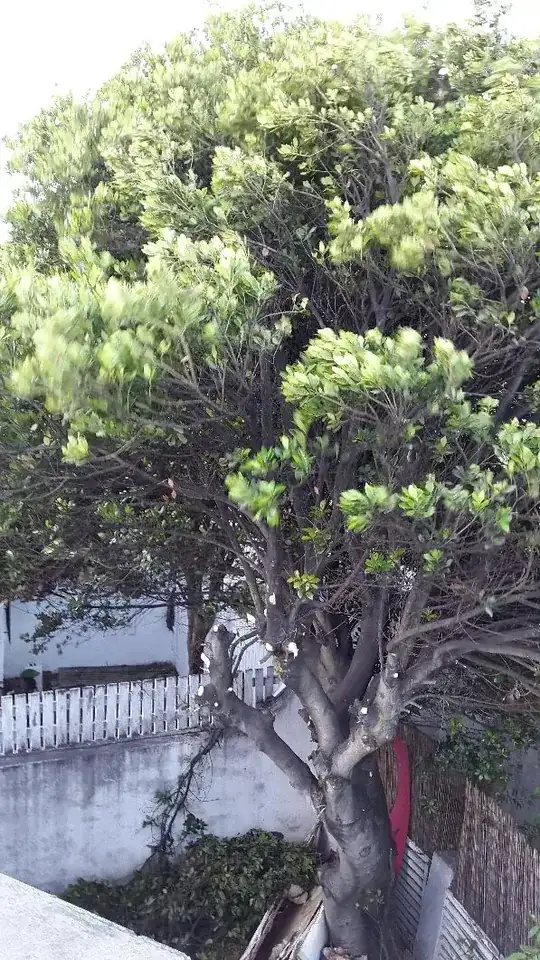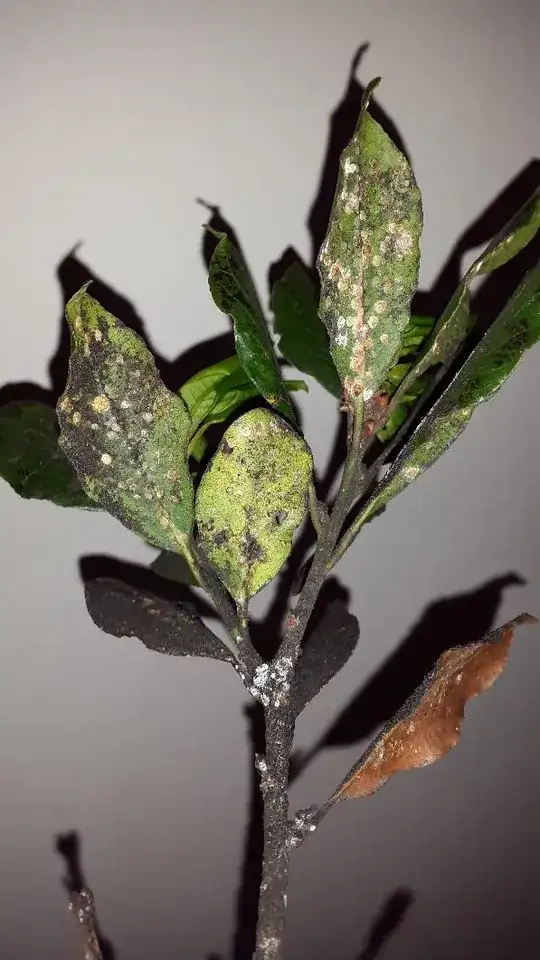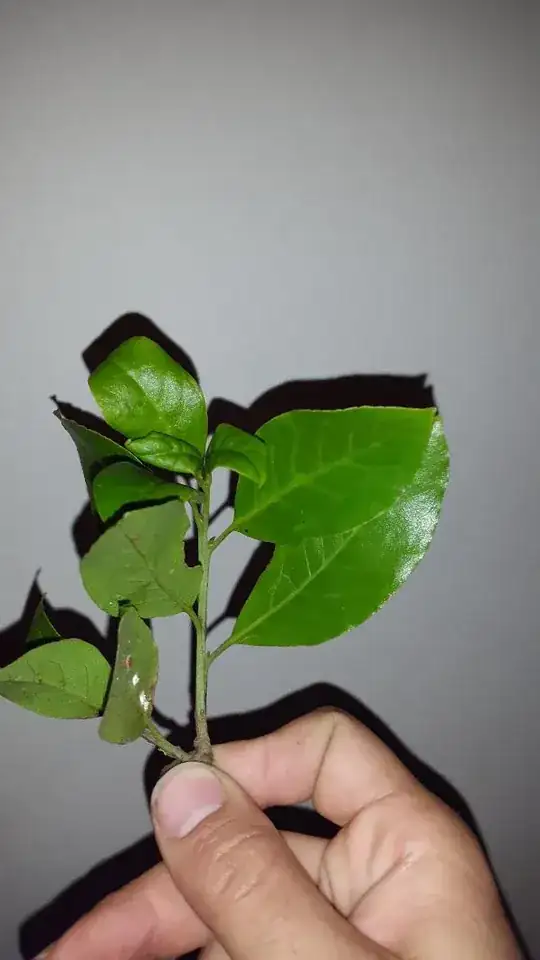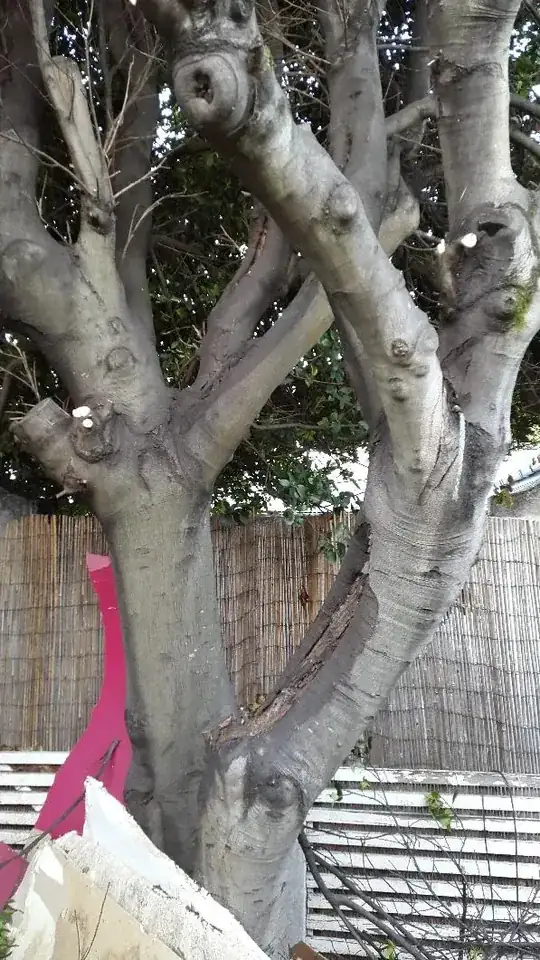I'm new to gardening as I have just bought my first house. I inherited a very large (about 6m tall) Bay tree that is severely sick. I took a sample to my local garden center and I was told that it is infested with Aphids/Scale (I think they mean Scale as I don't see anything that looks like an aphid) and they are producing honeydew, which has also caused the tree to be covered with a sooty mould. New leaves coming out are fine, but they soon succumb to the sickness. I am carrying out the garden center's recommendations but just wanted to ask here to see if they are in line with what you would do in my situation.
I gave it a drench treatment of Thiamethoxam (following the directions for a 10m conifer) dissolved in 2 liters of water, as a systemic insecticide to hopefully kill the bugs feeding on it.
Using a hand saw, I am now in the process of VERY aggressively pruning it back to basically just a pair of 3m high trunks with some main branches(as the tree is far too large anyway). I will then scrub the sooty mould off with soap and water.
I also bought an oil insecticide which I plan to apply to any leaves that are left.
The problem is very severe and is infecting other trees in the neighbourhood, so it is important that I sort it out quickly. I think my Bay is the epicenter as apparently Bay trees are very susceptible to scale.
Do you have any other advice for how to treat a 6m Bay tree for severe scale? Is it OK to aggressively prune it back, as it is far too large? Is there anything else I should know about taking care of my Bay?
If it is important, I live in Cape Town, South Africa. We are in Spring, going in to Summer. The soil is sandy to loamy and we have already had most of our rain - our summers are dry and hot and our winters cold and wet.
EDIT: As requested, here are a few pics of my tree. Hope this is sufficient to identify the species, I'm not sure what to look at. I was told it is a Bay leaf tree (the kind you can use in curries). It is aromatic when you cut it. The tree has a silvery brown bark with some nodules and lots of scarring where the trunks have been damaged and pruned. The fresh leaves are oval-shaped and bright green, older leaves seem to be a dark green but there are no older parts that are not severely infected. At a guess I'd say the tree is between 30 and 100 years old (the houses here are about 100 years old) and the tree is well loved by my neighbours (and me) so I definitely want it to survive. On the advice of the garden center I have got stuck in with a saw but I'm postponing doing any more pruning until I hear more from this forum.

View from my roof (bamboo fence behind is 2m tall)

Another angle from roof

Close up of diseased leaf showing scale and sooty mould

Close up of fresh healthy new shoots showing one or two scale spots just starting

Trunks showing numerous scars from previous pruning and black sooty mould. There is a large wound on the one trunk that almost looks flaky and rotten on the inside.
Thanks for your interest and help!